The Nakajima A1N, or Navy Type 3 Carrier Fighter (Also Type 13), was a Japanese carrier-based fighter, first Nakajima model for the IJN, and licensed copy of the British Gloster Gambet fighter built by the Nakajima. Between 1927 and 1929 the Imperial Japanese Navy to delivery of Approximately 150 in two versions, A1N1 and A1N2. They helped trained another generation of fighters following the Mistushi 1MF veterans turned officers in 1923-26 deployed on Hosho, Kaga, Akagi, and Ryujo.
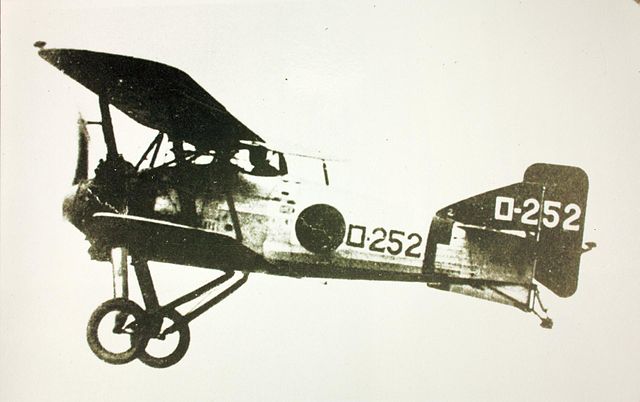
The model showed to the Nakajima delegates was a aircraft with a standard canvas covered wooden structure, powered by 420 hp Bristol Jupiter VI. This was a nine-cylinder radial which provided pnelty of torque to compensate for the strctural enchancements and addition fiitting a naval fighter. The delegates were impressed, and Gloster, whjc lost to Fairey (and the Gamecock) the 1922 1st gen naval fighter tender, modified the Gambet prototype in order to meet the Imperial Japanese Navy’s requirements.
Back in Japan at Nakajima, a team led by Takao Yoshida instaled the new 520 hp Nakajima Jupiter VI engine, and so provided, the model still called "Gambet" competed against other local prototypes for the 1926 tender, and won. It was officially accepted for service by April 1929 as the "Type 3 Carrier Fighter", A1N1, with c50 built with the initial 420 hp Nakajima Jupiter VI engine, entering service in 1929 and replacing the 1MF4 (Type 10) on Hosho, Akagi, Kaga and later Ryujo from 1933. Next, aprrox. 100 improved A1N2 entered production with a 450 hp Nakajima Kotobuki 2 engine, in 1930. Production was completed by 1932 just as hostilities flared out in China.
The final model was a single-seat, single-bay biplane of all-wooden construction, similar to the Gamecock in general outlook and philosphy but fitted with longer-span wings as well as internal flotation bags and a modified arrestor hook.
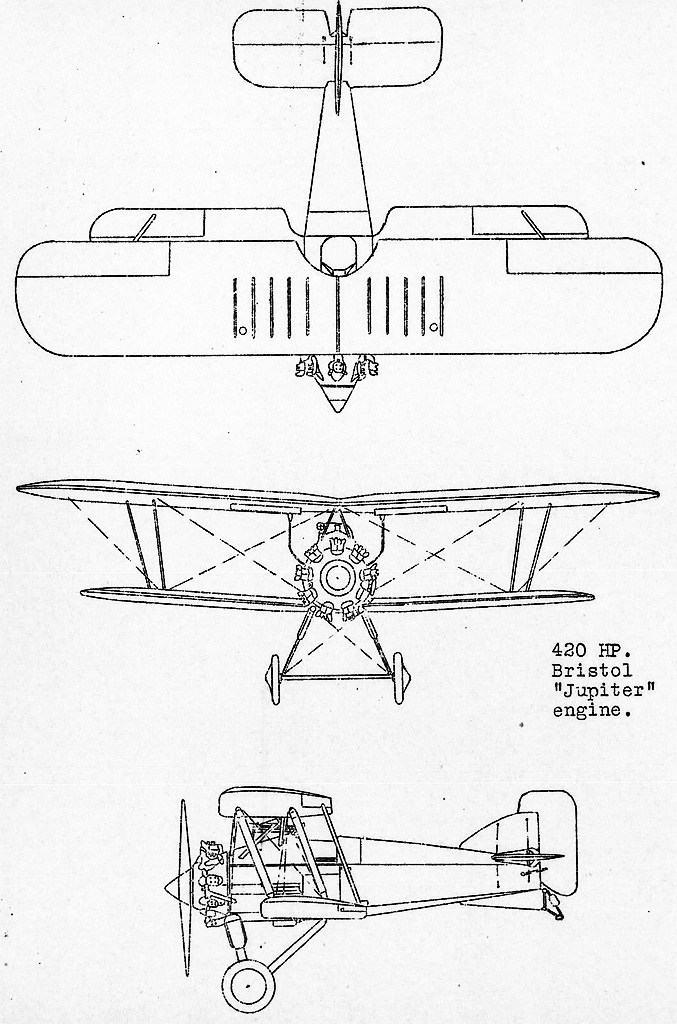

The A1N was deployed on IJN Hosho as she was already in service for several years with will experienced crews flying the Mistubishi 1MF. In 1929 they replaced the 1MF in all frontline carrier squadrons also soon present on IJN Kaga and Akagi, they were even the first naval fighters in service for both reconverted carriers. They trained and helped refined fighter tractics training in 1929-32 with probable losses in between due to accidents and attrition.
The A1N2 became the first Japanese fighter engaged in the ”Shanghai Incident”, from January to May 1932. On 22 February PO3c Toshio Kuro-iwa and Lieutenant Nokiji Ikuta shot down a Boeing model 281 (P-12E) flew by USAAC (ret)mercenary Robert Short. Operations started soon before their replacement. After the January 28 Incident in 1932, they were seen in action at the Shanghai Hongqiao Airport, with an air battle that saw neither side suffered any losses. On February 26, however, 25 Chinese fighter planes on standby at the Qiaoqi Airport near Hangzhou were attacked by 15 Nakajima Type 3 fighters. The most intense air battle since the Battle of Songhu began. The duel and shooting down of Short happened before they were replaced by better models.
The A1N1 and A1N2 were withdrawn from service in 1935 and apart carriers, they were operated by several land based squadrons, including the famous Kasumigaura Kokutai. They were replaced that year for the A2N, itself replaced by the A3N in 1937, and A4N in 1938.

Origin
At the 1926 Gloucestershire Aircraft (Gloster from 11 November 1926) a delegation from Nakajima together with Aichi and Mitsubishi came out to submit a design for a new single-seat shipboard fighter to compete for April 1926 in order to replace the Mitsubishi Type 10 of 1MF4. H. P. Folland of Gloster at the time was creating a second generation shipboard fighter as a private venture called the Gambet, based on the Grebe and Gamecock. Both were late WW1 RAF fighters, not adapted to carrier use.The model showed to the Nakajima delegates was a aircraft with a standard canvas covered wooden structure, powered by 420 hp Bristol Jupiter VI. This was a nine-cylinder radial which provided pnelty of torque to compensate for the strctural enchancements and addition fiitting a naval fighter. The delegates were impressed, and Gloster, whjc lost to Fairey (and the Gamecock) the 1922 1st gen naval fighter tender, modified the Gambet prototype in order to meet the Imperial Japanese Navy’s requirements.
Design
The modified prototype included a stronger airframe which extended also the upper wing for better stability. The fuselage was also incorporating an arrester cable hook and it had a peculiar the rear landing strut, not a wheel. The Japanese puchased the prototype and repatriated it by ship to Japan in July 1927 along with all plans and manufacturing rights. They also acquired an extra Bristol engine also with plans and licenced rights.Back in Japan at Nakajima, a team led by Takao Yoshida instaled the new 520 hp Nakajima Jupiter VI engine, and so provided, the model still called "Gambet" competed against other local prototypes for the 1926 tender, and won. It was officially accepted for service by April 1929 as the "Type 3 Carrier Fighter", A1N1, with c50 built with the initial 420 hp Nakajima Jupiter VI engine, entering service in 1929 and replacing the 1MF4 (Type 10) on Hosho, Akagi, Kaga and later Ryujo from 1933. Next, aprrox. 100 improved A1N2 entered production with a 450 hp Nakajima Kotobuki 2 engine, in 1930. Production was completed by 1932 just as hostilities flared out in China.
The final model was a single-seat, single-bay biplane of all-wooden construction, similar to the Gamecock in general outlook and philosphy but fitted with longer-span wings as well as internal flotation bags and a modified arrestor hook.

⚙ A1N1(A1N2) specs. | |
| Empty Weight | 882 kg (1,944 lb) |
| MAX to weight | 1,375 kg (3,031 lb) |
| Length | 6.50 m (6.48 m or 21 ft 4 in) |
| Wingspan | 9.70 m (9.68 m or 31 ft 10 in) |
| Height | 3.3 m (same or 10 ft 10 in) |
| Wing Area | 26.3 m2 (283 sq ft) N2 |
| Engine | Nakajima Jupiter VI: 420 hp (Nakajima Kotobuki 2: 450 hp) |
| Propeller | 2 bladed metal, fixed pitch |
| Top Speed | 218 km/h (239 km/h) |
| Range/Autonomy | 370 km (230 mi, 200 nmi) |
| Climb Rate | 3,000 m (9,800 ft) in 6 minutes 10 seconds |
| Ceiling | 7000 m (23,000 ft) |
| Armament | 2x7.7 mm LMGs fwd, 2x9 kg bombs (30 kg) |
| Crew | 1 pilot |
| Production | 50x A1N1, 100x A1N2 |
The A1N in action

The A1N was deployed on IJN Hosho as she was already in service for several years with will experienced crews flying the Mistubishi 1MF. In 1929 they replaced the 1MF in all frontline carrier squadrons also soon present on IJN Kaga and Akagi, they were even the first naval fighters in service for both reconverted carriers. They trained and helped refined fighter tractics training in 1929-32 with probable losses in between due to accidents and attrition.
The A1N2 became the first Japanese fighter engaged in the ”Shanghai Incident”, from January to May 1932. On 22 February PO3c Toshio Kuro-iwa and Lieutenant Nokiji Ikuta shot down a Boeing model 281 (P-12E) flew by USAAC (ret)mercenary Robert Short. Operations started soon before their replacement. After the January 28 Incident in 1932, they were seen in action at the Shanghai Hongqiao Airport, with an air battle that saw neither side suffered any losses. On February 26, however, 25 Chinese fighter planes on standby at the Qiaoqi Airport near Hangzhou were attacked by 15 Nakajima Type 3 fighters. The most intense air battle since the Battle of Songhu began. The duel and shooting down of Short happened before they were replaced by better models.
The A1N1 and A1N2 were withdrawn from service in 1935 and apart carriers, they were operated by several land based squadrons, including the famous Kasumigaura Kokutai. They were replaced that year for the A2N, itself replaced by the A3N in 1937, and A4N in 1938.
Gallery
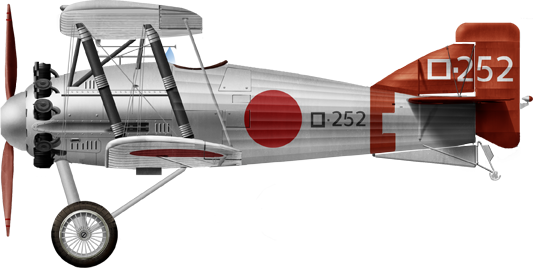
A1N-1 from IJN Hosho in 1929
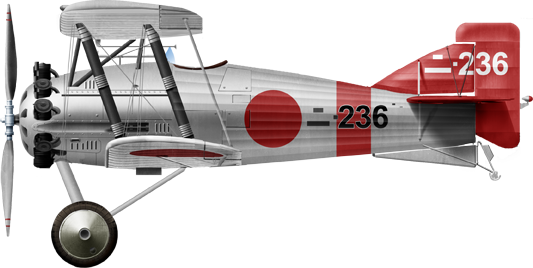
A1N-2 from IJN Kaga in 1932
The A1N fighters had standard IJNAF colours with a silver doped fuselage+ wings and a red tail and surfaces. Wing and aileron struts were black with white strengthening bands. Hinomarus were placed on six positions, under slow, over upper wings and fuselage sides. Individual aircraft identification marking were painted on white on the fin, black on the fuselage, repeated across the top wing, left and right side on the down surface, lower wing. Each was composed of a Katakana syllable indication of the carrier and three Arabic digits for id.

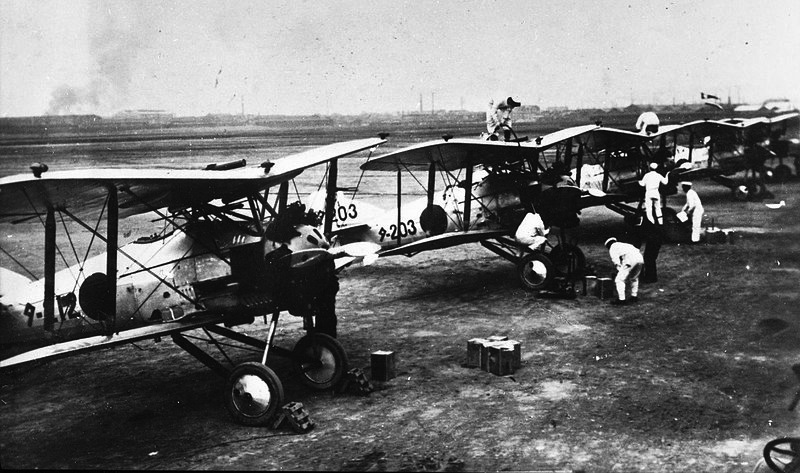
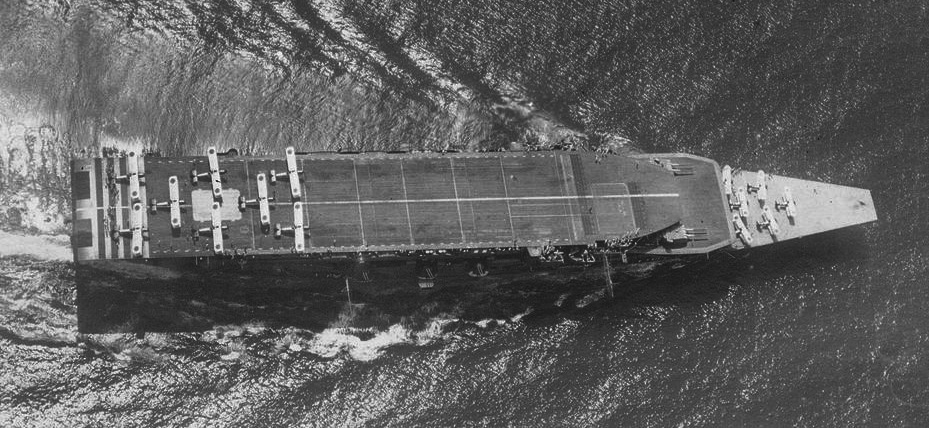
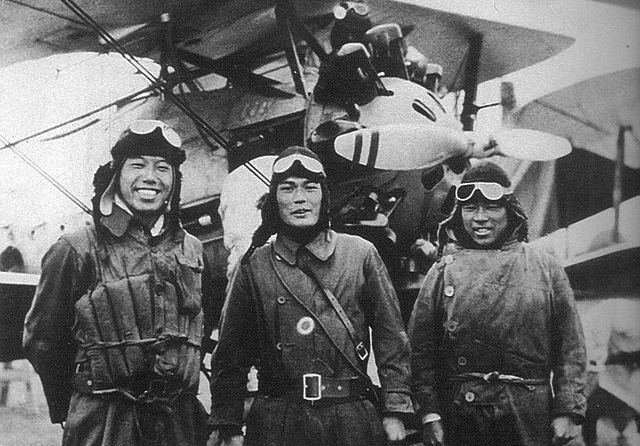
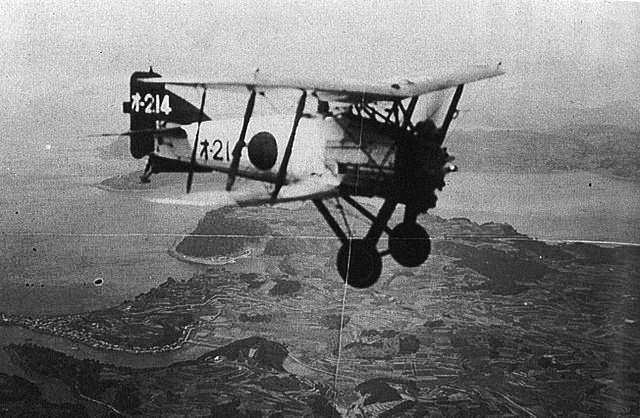
Sources
secretprojects.co.ukpacificeagles.net
data.pacificeagles.net
historyofwar.org
en.wikipedia.org
surfcity.kund.dalnet
models on scalemates.com
- Lohner E (1913)
- Macchi M3 (1916)
- Macchi M5 (1918)
- Ansaldo ISVA (1918)
- Sopwith Baby (1916)
- Short 184 (1916)
- Fairey Campania (1917)
- Sopwith Cuckoo (1917)
- Felixstowe F.2 (1917)
- Friedrichshafen FF 33 (1916)
- Albatros W4 (1916)
- Albatros W8 (1918)
- Hanriot HD.2
- Grigorovitch M5
- IJN Farman MF.7
- IJN Yokosho Type Mo
- Yokosho Rogou Kougata (1917)
- Yokosuka Igo-Ko (1920)
- Curtiss N9 (1916)
- Aeromarine 39
- Vought VE-7
- Douglas DT (1921)
- Boeing FB.5 (1923)
- Boeing F4B (1928)
- Vought O2U/O3U Corsair (1928)
- Blackburn Blackburn (1922)
- Supermarine Seagull (1922)
- Blackburn Ripon (1926)
- Fairey IIIF (1927)
- Fairey Seal (1930)
- LGL-32 C.1 (1927)
- Caspar U1 (1921)
- Dornier Do J Wal (1922)
- Rohrbach R-III (1924)
- Mitsubishi 1MF (1923)
- Mitsubishi B1M (1923)
- Yokosuka E1Y (1923)
- Nakajima A1N (1927)
- Nakajima E2N (1927)
- Mitsubishi B2M (1927)
- Nakajima A4N (1929)
- CANT 18
WW1
✠ K.u.K. Seefliegerkorps:
 Italian Naval Aviation
Italian Naval Aviation
 RNAS
RNAS
 Marineflieger
Marineflieger
 French Naval Aviation
French Naval Aviation
 Russian Naval Aviation
Russian Naval Aviation
 IJN Air Service
IJN Air Service
 USA
USA
Interwar
 Interwar US
Interwar US
 Interwar Britain
Interwar Britain
 Interwar France
Interwar France
 Interwar Germany
Interwar Germany
 Interwar Japan
Interwar Japan
 Interwar Italy
Interwar Italy
- Curtiss SOC seagull (1934)
- Grumman FF (1931)
- Curtiss F11C Goshawk (1932)
- Grumman F2F (1933)
- Grumman F3F (1935)
- Northrop BT-1 (1935)
- Grumman J2F Duck (1936)
- Consolidated PBY Catalina (1935)
- Brewster/NAF SBN-1 (1936)
- Curtiss SBC Helldiver (1936)
- Vought SB2U Vindicator (1936)
- Brewster F2A Buffalo (1937)
- Douglas TBD Devastator (1937)
- Vought Kingfisher (1938)
- Curtiss SO3C Seamew (1939)
- Douglas SBD Dauntless (1939)
- Grumman F4F Wildcat (1940)
- F4U Corsair (NE) (1940)
- Brewster SB2A Buccaneer (1941)
- Grumman TBF/TBM Avenger (1941)
- Consolidated TBY Sea Wolf (1941)
- Grumman F6F Hellcat (1942)
- Curtiss SB2C Helldiver (1942)
- Curtiss SC Seahawk (1944)
- Grumman F8F Bearcat (1944)
- Ryan FR-1 Fireball (1944)
- Douglas AD-1 Skyraider (1945)
Fleet Air Arm
- Fairey Swordfish (1934)
- Blackburn Shark (1934)
- Supermarine Walrus (1936)
- Fairey Seafox (1936)
- Blackburn Skua (1937)
- Short Sunderland (1937)
- Blackburn Roc (1938)
- Fairey Albacore (1940)
- Fairey Fulmar (1940)
- Grumman Martlet (1941)
- Hawker sea Hurricane (1941)
- Brewster Bermuda (1942)
- Fairey Barracuda (1943)
- Fairey Firefly (1943)
- Grumman Tarpon (1943)
- Grumman Gannet (1943)
- Supermarine seafire (1943)
- Blackburn Firebrand (1944)
- Hawker Sea Fury (1944)
IJN aviation
- Aichi D1A "Susie" (1934)
- Mitsubishi A5M "Claude" (1935)
- Nakajima A4N (1935)
- Yokosuka B4Y "Jean" (1935)
- Mitsubishi G3M "Nell" (1935)
- Nakajima E8N "Dave" (1935)
- Kawanishi E7K "Alf" (1935)
- Nakajima B5N "Kate" (1937)
- Kawanishi H6K "Mavis" (1938)
- Aichi D3A "Val" (1940)
- Mitsubishi A6M "zeke" (1940)
- Nakajima E14Y "Glen" (1941)
- Nakajima B6N "Jill" (1941)
- Mitsubishi F1M "pete" (1941)
- Aichi E13A Reisu "Jake" (1941)
- Kawanishi E15K Shiun "Norm" (1941)
- Nakajima C6N Saiun "Myrt" (1942)
- Yokosuka D4Y "Judy" (1942)
- Kyushu Q1W Tokai "Lorna" (1944)
Luftwaffe
- Arado 196 (1937)
- Me109 T (1938)
- Blohm & Voss 138 Seedrache (1940)
Italian Aviation
- Savoia-Marchetti S.55
- IMAM Ro.43/44
- CANT Z.501 Gabbiano
- CANT Z.506 Airone
- CANT Z.508
- CANT Z.511
French Aeronavale
- GL.300 (1926-39)
- Levasseur PL.5 (1927)
- Potez 452 (1935)
- Loire 210 (1936)
- Loire 130 (1937)
- LN 401 (1938)
Soviet Naval Aviation
- Shavrov SH-2 (1928)
- Tupolev TB-1P (1931)
- Beriev MBR-2 (1930)
- Tupolev MR-6 (1933)
- Tupolev MTB-1 (1934)
- Beriev Be-2 (1936)
- Polikarpov I16 naval (1936)
- Tupolev MTB-2 (1937)
- Ilyushine DB-3T/TP (1937)
- Beriev Be-4 (1940)
-
Skoda Š-328V
R-XIII Idro
Fokker C.XI W (1934)
WW2
- De Havilland Sea Vixen
- Hawker Sea Hawk
- Supermarine Scimitar
- Blackburn Buccaneer
- Hawker Sea Harrier
- Douglas A4 Skyhawk
- Grumman F9F Panther
- Vought F8 Crusader
- McDonnell-Douglas F-4 Phantom-II
- North Am. A5 Vigilante
- TU-142
- Yak 38 forger
☢ Cold War
✧ NATO
 Fleet Air Arm
Fleet Air Arm
 US Navy
US Navy
☭ Warsaw Pact
Merch
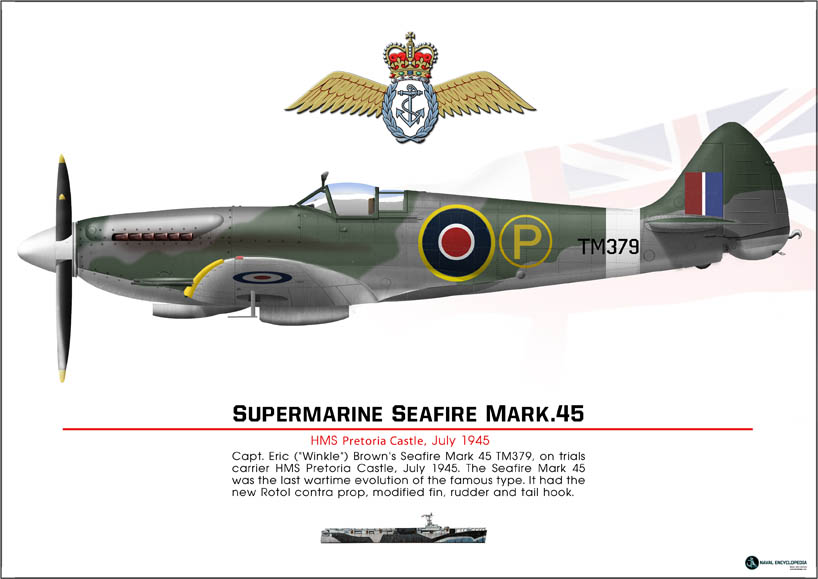
Seafire Mark 45; HMS Pretoria Castle
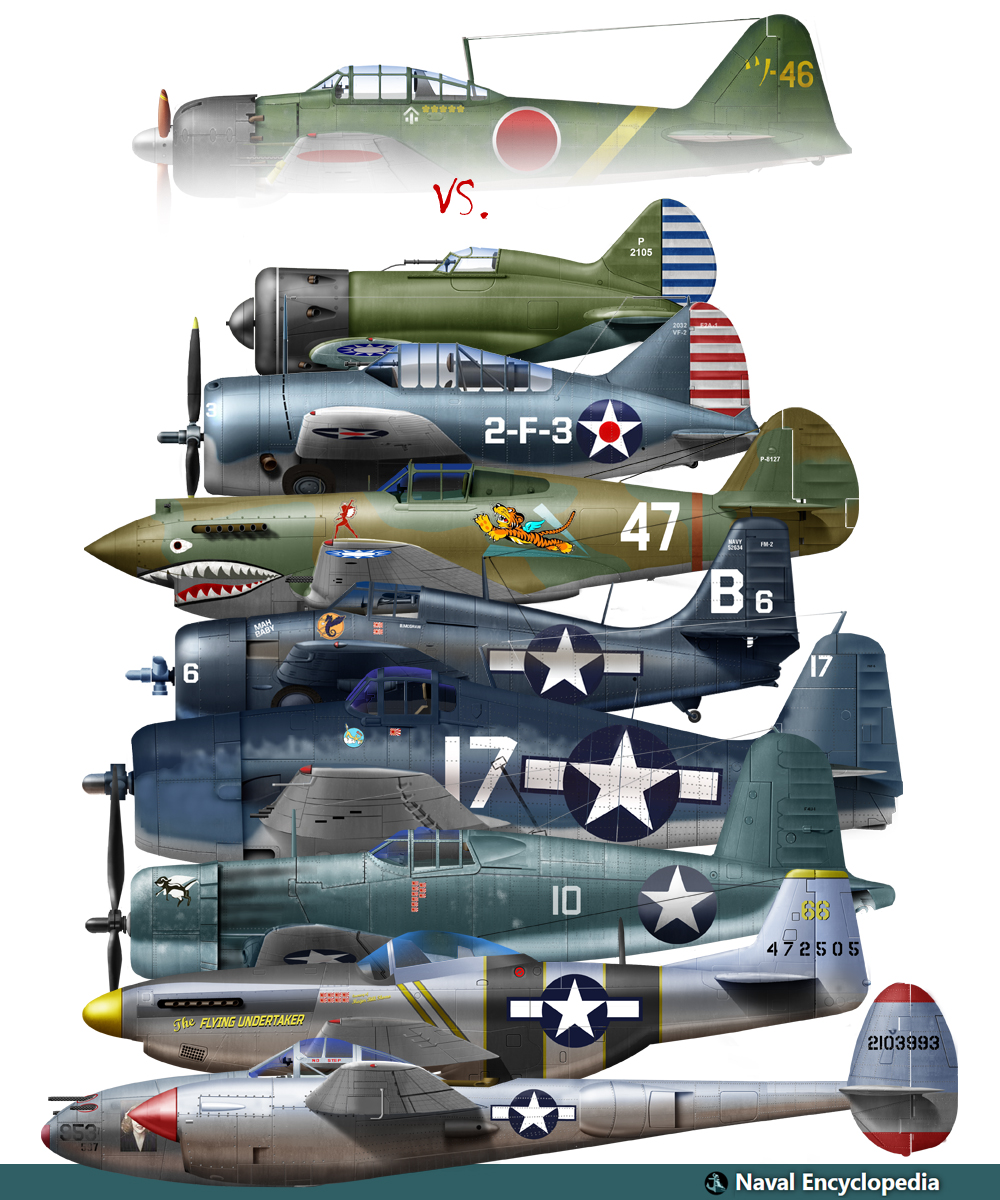
Zeros vs its aversaries
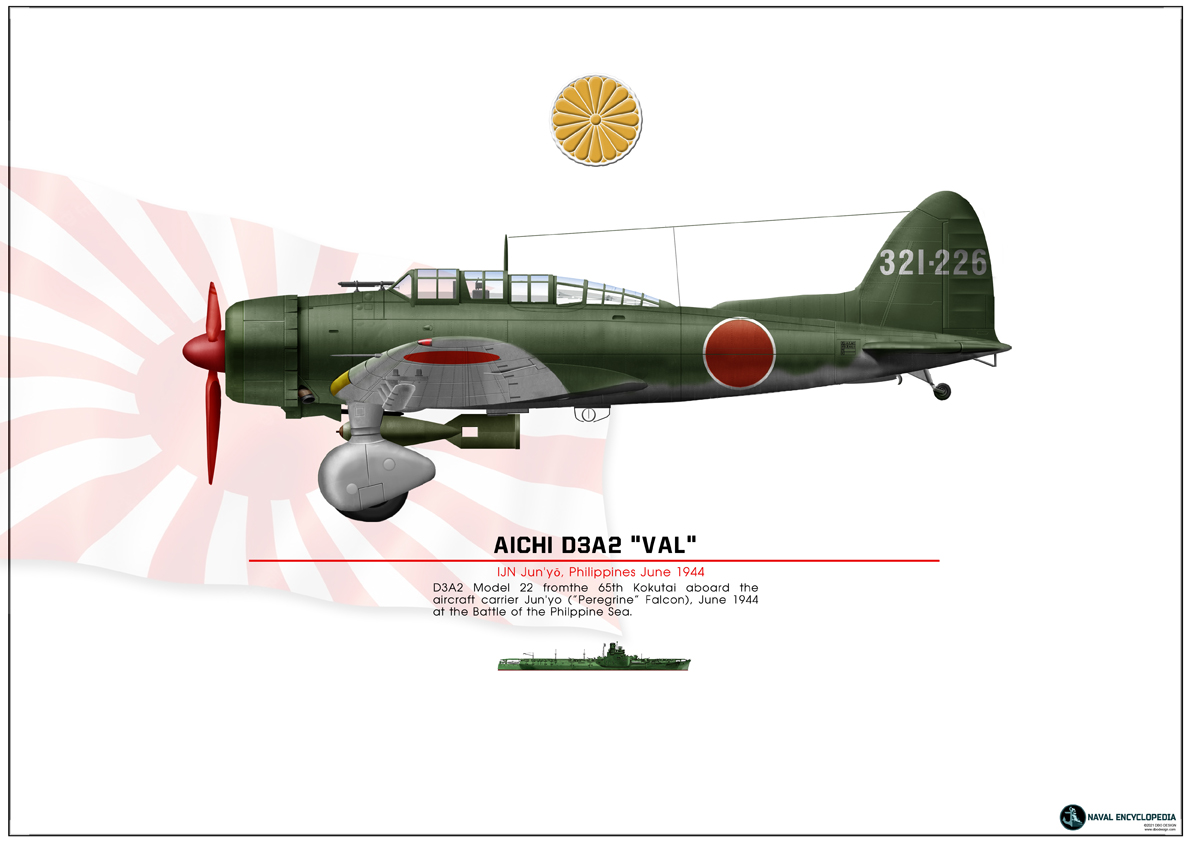
Aichi D3A “Val” Junyo
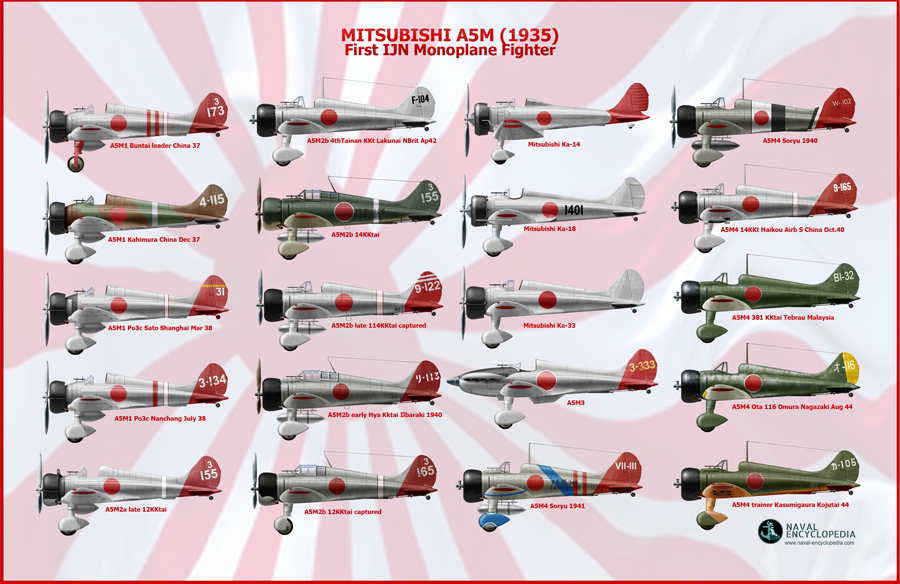
Mitsubishi A5M poster
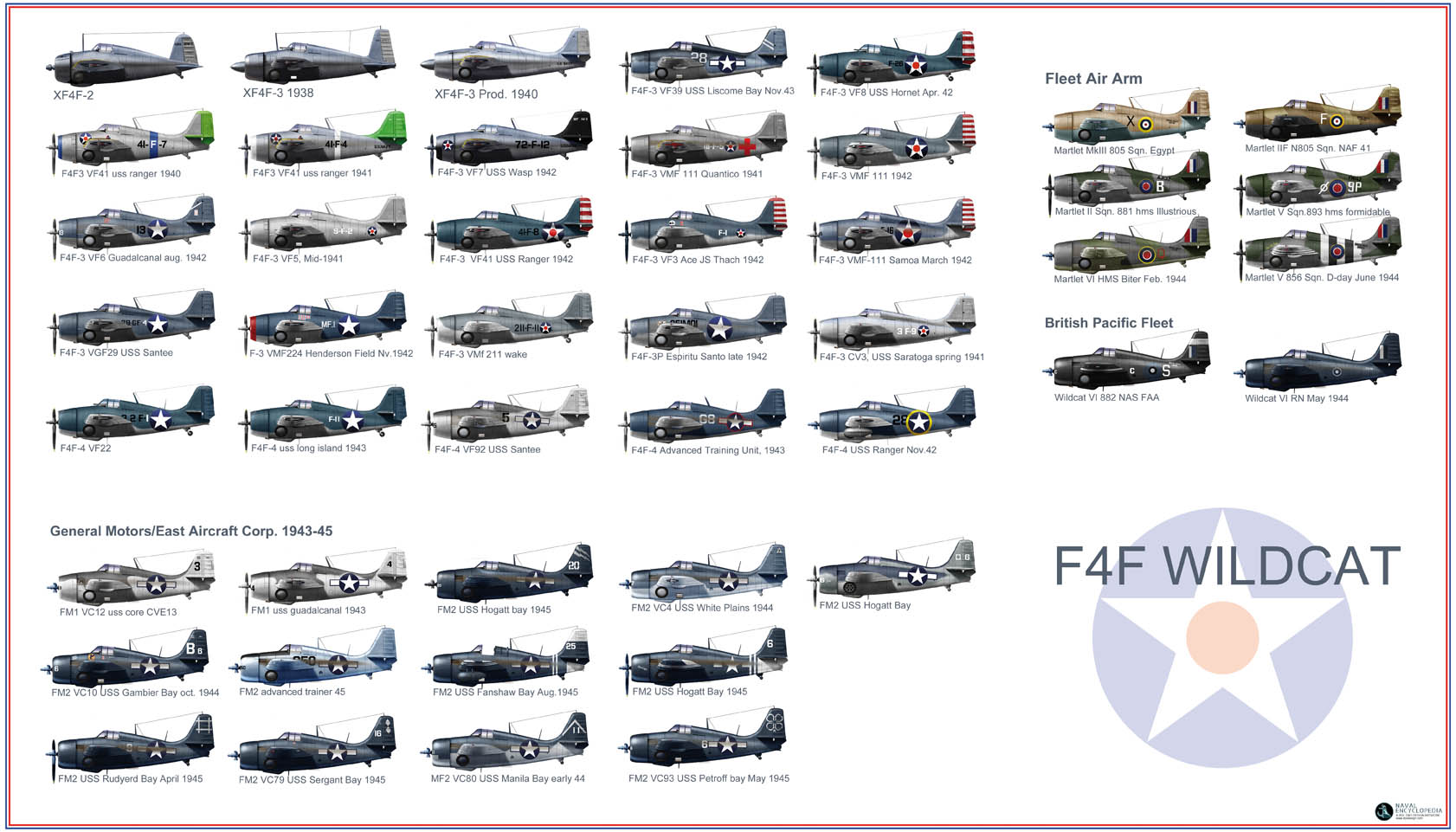
F4F wildcat
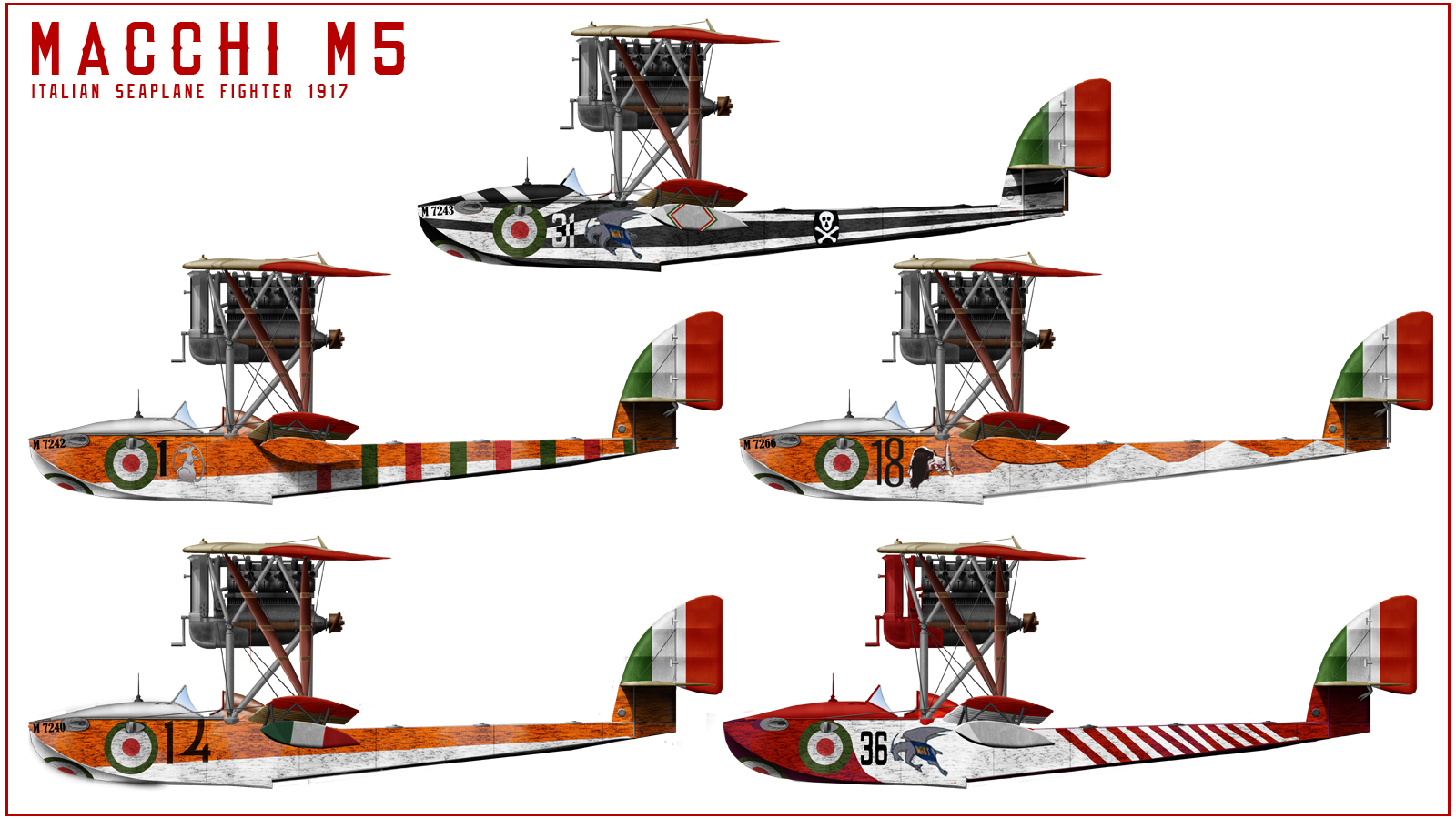
Macchi M5
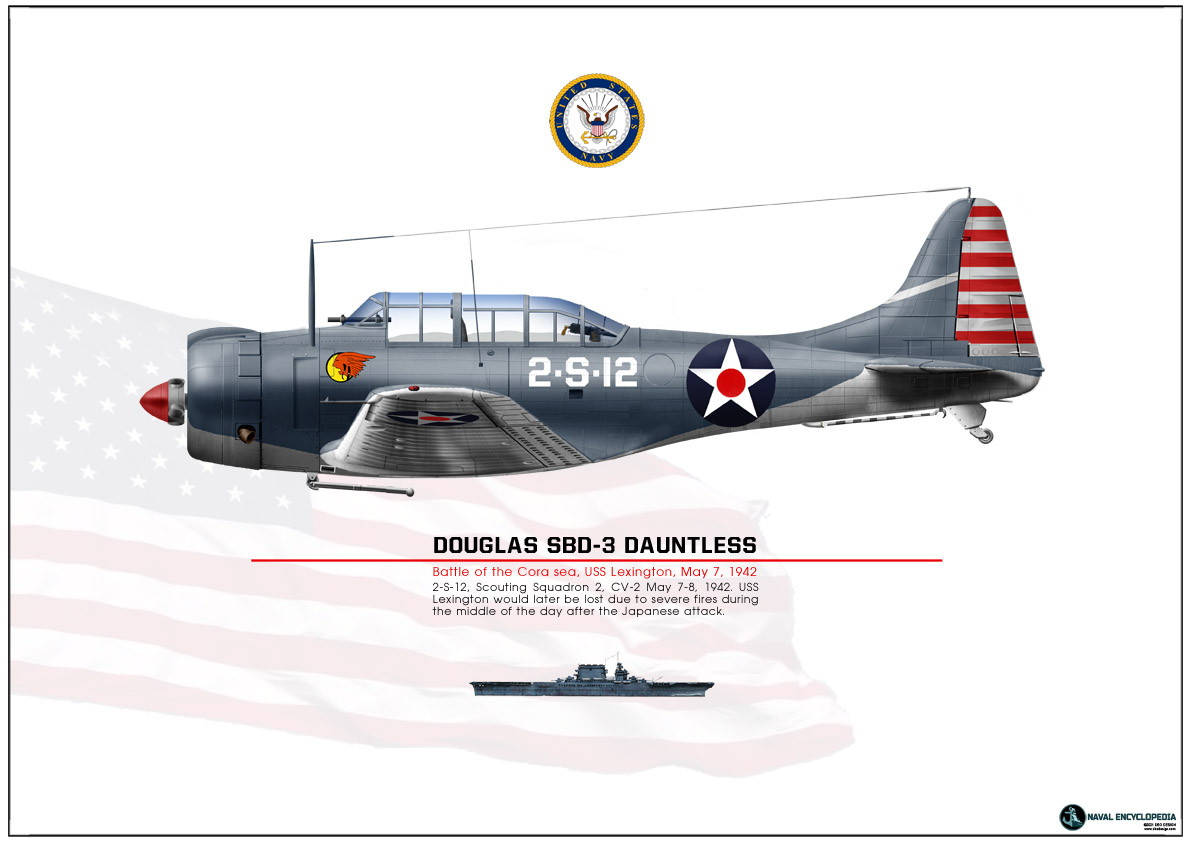
SBD Dauntless Coral Sea
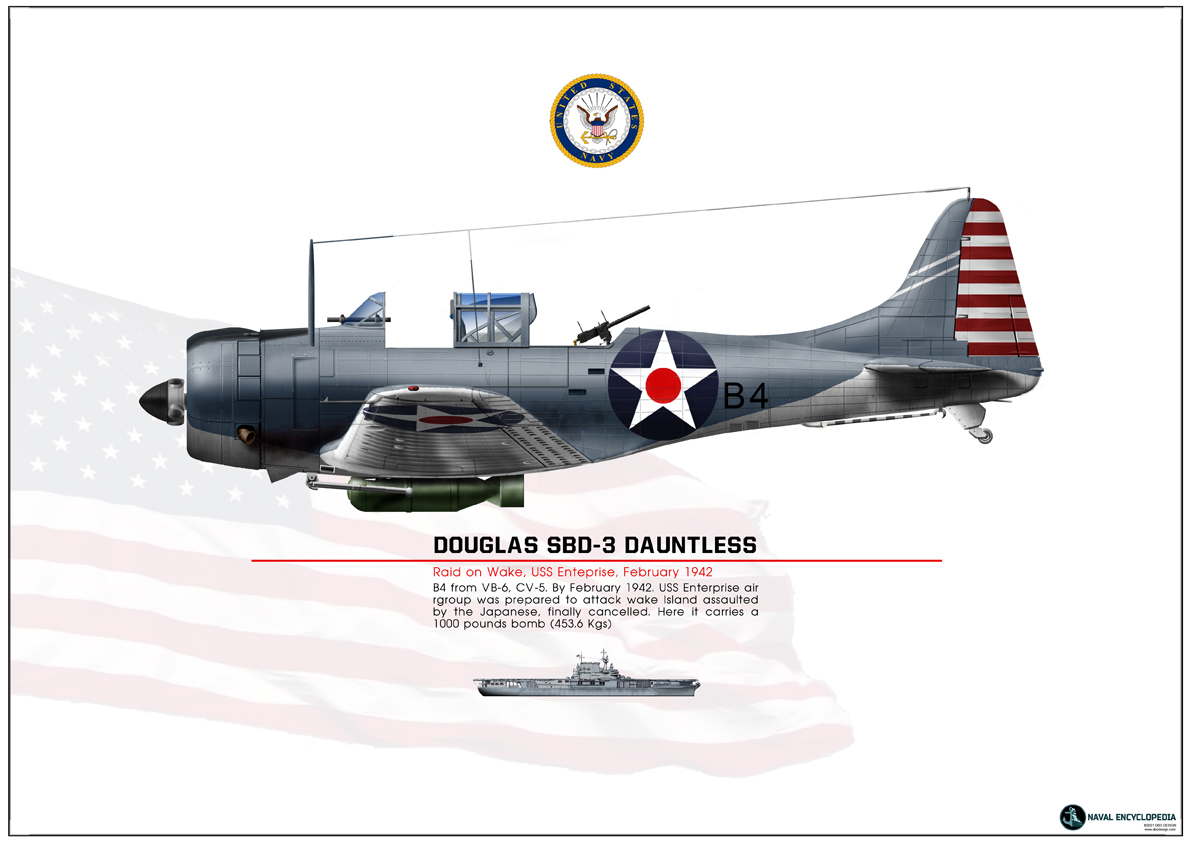
SBD Dauntless USS Enterprise
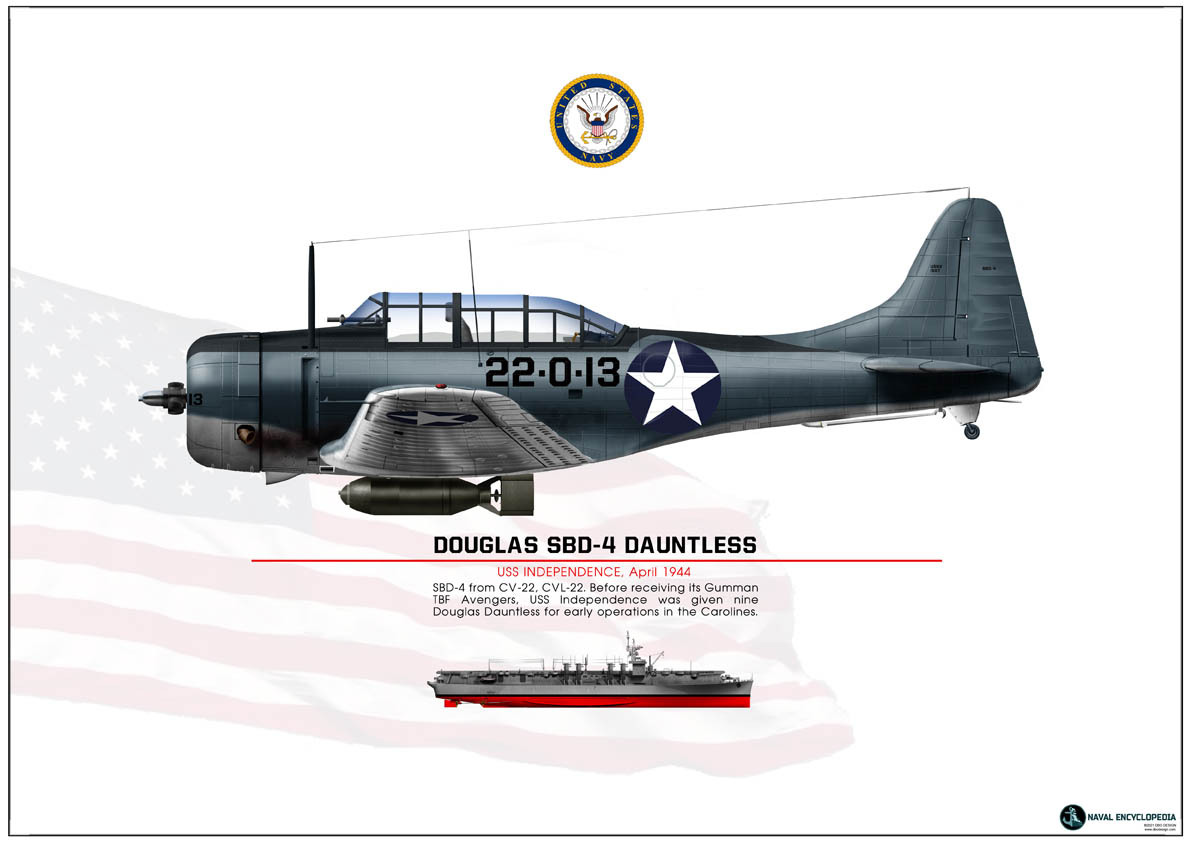
SBD-4 CV22